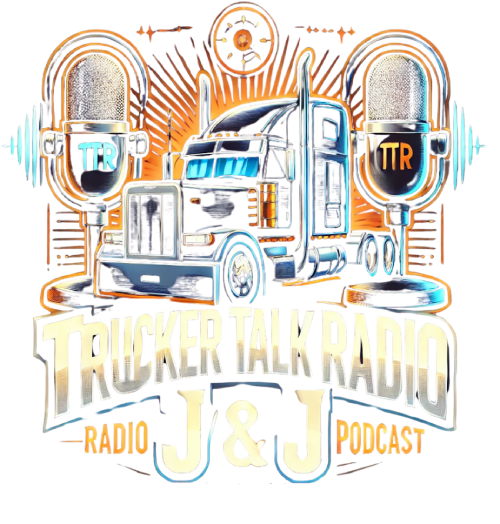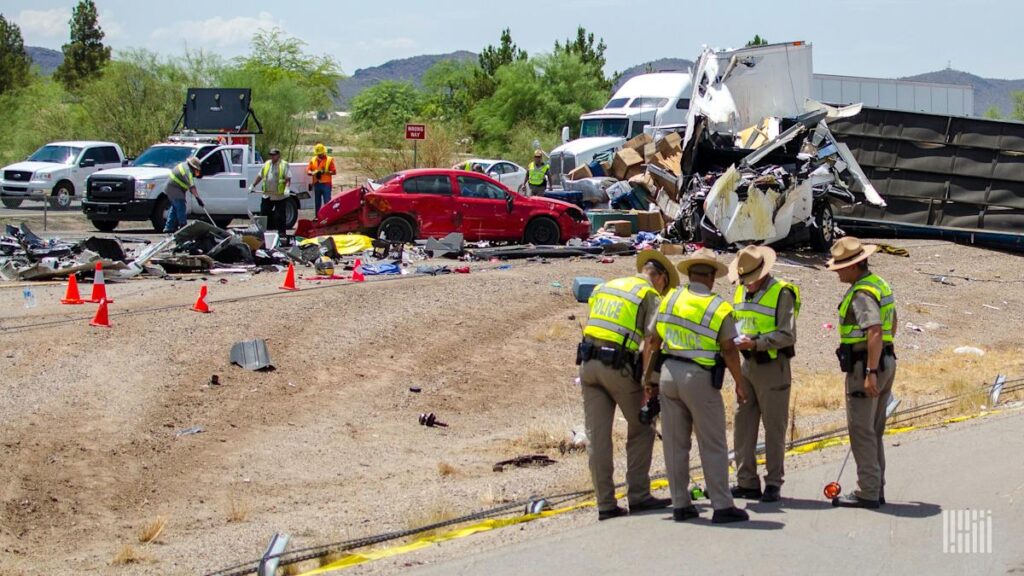A recent examination by trucking specialist Adam Wingfield, utilizing data from the Federal Motor Carrier Safety Administration, unveiled a concerning trend: approximately 4% of truck drivers on U.S. roads are operating without a valid commercial driver’s license (CDL).
This issue extends beyond mere regulatory compliance, representing a significant danger to everyone sharing the road with these large vehicles. Unlicensed drivers managing trucks over 26,000 pounds threaten the safety of motorists, passengers, and pedestrians alike.
Understanding License Requirements
A CDL is an essential certification that ensures truck drivers have received adequate training and possess the skills necessary to operate large and potentially dangerous vehicles.
Vehicles requiring a CDL typically include those that:
- Weigh 26,001 pounds or more.
- Transport hazardous materials.
- Carry 16 or more passengers.
Federal and state authorities categorize commercial licenses into three main classes based on the weight and type of the vehicle:
- Class A: For combined weights of 26,001 pounds or more, with trailers exceeding 10,000 pounds.
- Class B: For single vehicles of 26,001 pounds or more, with trailers under 10,000 pounds.
- Class C: For vehicles under 26,001 pounds carrying specific cargo or passengers.
Additional endorsements, necessary for operating school buses or transporting hazardous materials, require further training and testing.
Current State of Trucking Compliance
According to Wingfield’s analysis of 2025’s International Roadcheck inspections, over 56% of inspected trucks had violations, ranging from minor infractions to more severe issues. The out-of-service rate was recorded at 19.3%, consistent with trends from the previous five years, and had peaked at 20.3% in 2022.
In the first quarter of 2025 alone, the trucking industry reported 645 fatal crashes. Wingfield states that each fatal incident incurs an estimated cost of $7.2 million, representing a substantial economic and human impact.
Consequences of Unlicensed Operation
Operating a truck without valid credentials carries serious legal consequences, which differ based on individual circumstances:
- For individuals never licensed: Up to six months in jail and a 120-day ban from driving trucks.
- For exceeding license limits: Similar penalties for operating beyond the scope of one’s license.
- For expired or revoked licenses: Driving with an expired license may lead to misdemeanor charges; operating with a revoked license especially after impaired driving could result in a prolonged loss of privileges.
Public Concerns and Industry Standards
Enforcing existing regulations more strictly could enhance road safety and potentially affect trucking economics, possibly leading to higher rates due to reduced capacity.
The discredited narrative of a “driver shortage” may have led to lowered industry standards, undermining the historical perception of truckers as skilled “knights of the road.” Over a four-year period, statistics show that 4.07% of truckers lacked valid licenses, slightly lower at 4.06% this year.
The fact that 4% of truckers operate without proper credentials remains a significant concern for all road users. Given the size and risks associated with these vehicles, ensuring that operators are fully licensed and trained is critical for both regulators and the trucking industry.
Increased enforcement could lead to better outcomes and help restore the professionalism that the trucking community is expected to uphold, ultimately making highways safer for everyone.
The post A Disturbing Reality: 4% of Truckers on U.S. Highways Lack Valid Licenses first appeared on FreightWaves.


